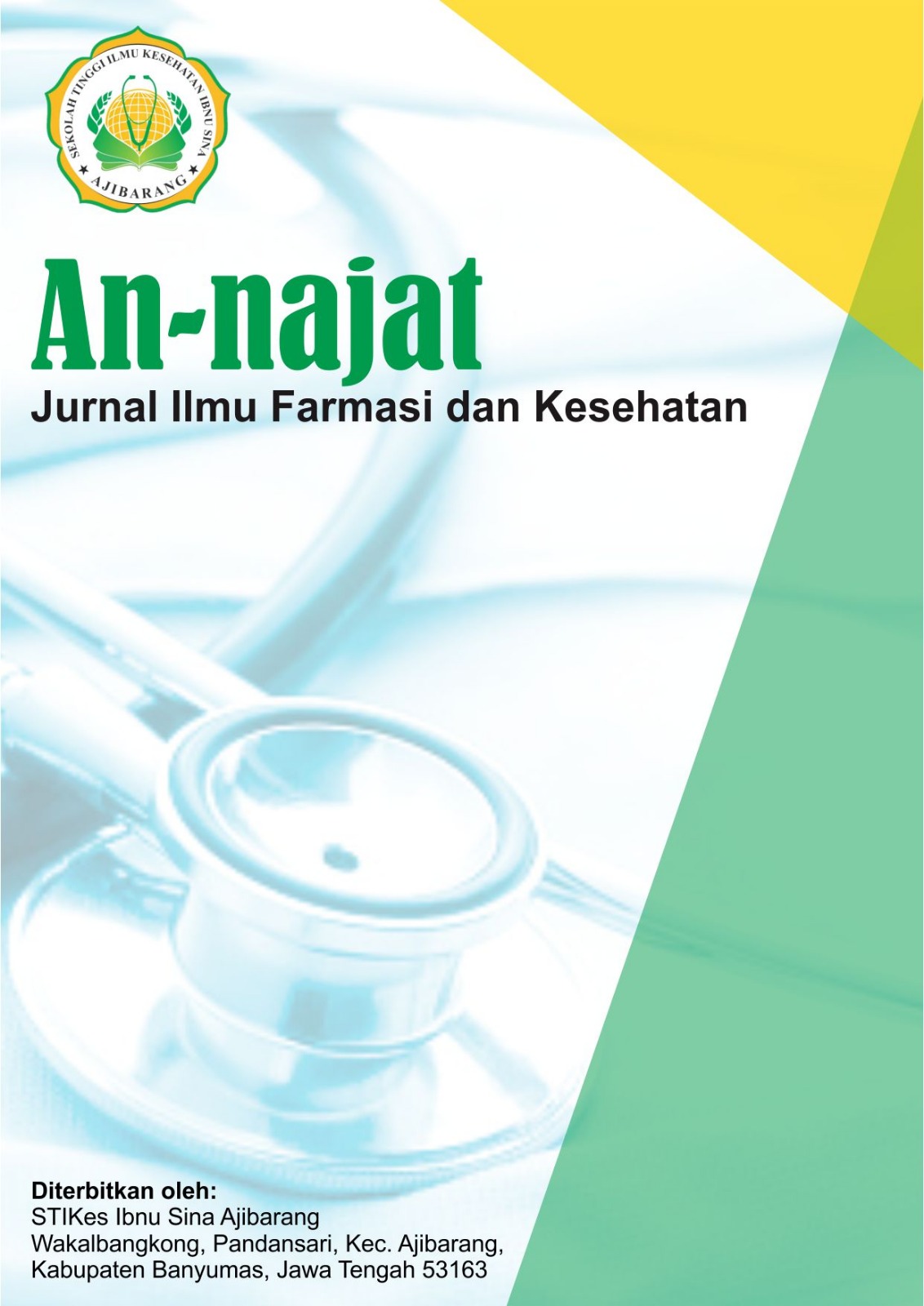Gambaran Stres Kerja pada Perawat di Rumah Sakit Tahun 2025
DOI:
https://doi.org/10.59841/an-najat.v3i3.3110Keywords:
work-stress, workload, work-shiftsAbstract
Job stress is a problem that always exists and occurs in the world. Job stress is a psychosocial hazard that comes from various sources such as relationships with coworkers, work conditions, and work organizations, especially for nurses who work in hospitals. Because of the high intensity of always meeting and interacting directly with patients and families which is quite difficult and complex, it can be indicated as a trigger for job stress in nurses. This study aims to determine the picture of job stress in nurses in 2025. Using a literature review (Literature study) from the Garuda journal portal using PRISMA (Preferred Reporting Items for Systematic Reviews and Meta-Analyses) with a qualitative approach with sampling using exclusion and inclusion criteria. The level of nurse stress tends to be in the moderate category (60.3%) or mild (55%) in (Khoirunnisa et al.) (Public Health et al., n.d.), (63.3%) in (Izzah Bialfi Hasanah et al). However, research also shows that a percentage of nurses experience severe stress (5%) in Khoirunnisa et al., (10%) in Izzah Bialfi Hasanah et al., and (61.4%) in Anwar et al. This relationship is closely linked to workload, with nurses with heavy workloads tending to experience moderate to severe stress. Similarly, inappropriate or disruptive work shifts are significantly associated with increased stress. Women tend to experience work stress more easily than men due to their dual roles (as nurses and housewives) and their tendency to use emotions when dealing with tasks. Although female nurses are often dominant (56.7% in the emergency department during the pandemic, 45% in outpatient settings), there is significant identification of work stress levels with age, gender, workload, and work shift characteristics. Hospitals are advised to develop psychosocial support programs for nurses, such as open sharing sessions, alternating refreshing activities, or providing counseling. These programs are crucial to helping nurses manage stress.
References
Amelia, A. R., Andayanie, E., Alifia, A. N., & Kesehatan, F. (2019). Gambaran stres kerja pada perawat di ruang rawat inap jiwa Rumah Sakit Khusus Daerah Provinsi Sulawesi Selatan (Vol. 2).
Anwar, R., Sabilu, Y., Saptaputra, S. K., & Prodi K3 Universitas Halu Oleo. (n.d.). Hubungan shift kerja, beban kerja, kelelahan kerja dan dukungan sosial dengan stres kerja pada perawat ruang rawat inap RSUD Kota Kendari. Jurnal Kesehatan dan Keselamatan Kerja, 4(2), 2723–519. https://doi.org/10.37887/jk3-uho
Firmansyah, M. H. (2022). Penerapan manajemen risiko keselamatan dan kesehatan kerja di Rumah Sakit Islam Surabaya A. Yani. Jurnal Kesehatan Masyarakat (Undip), 10(1), 12–19. https://doi.org/10.14710/jkm.v10i1.31550
Fitriany, J., & Saputri, A. I. (2018). Anemia defisiensi besi. Jurnal Kesehatan Masyarakat, 4(1202005126), 1–30.
Hasanah, U. I. B., Sulastien, H., & Muhsinin, S. Z. (n.d.). Gambaran beban kerja dan tingkat stres perawat di ruang instalasi gawat darurat pada masa pandemi COVID-19. http://journal.stikeskendal.ac.id/index.php/Keperawatan
Herlia, R., Zukhra, R. M., & Zulfitri, R. (2022). Faktor yang berhubungan dengan stres kerja perawat ruang instalasi gawat darurat dan ruang intensive care unit. Health Care: Jurnal Kesehatan, 11(1), 96–105. https://doi.org/10.36763/healthcare.v11i1.188
Karina, S. D., Ratriwardhani, R. A., & Ibad, M. (2022). Gambaran penggunaan APD perawat IGD RSI Jemursari Surabaya pada masa pandemi COVID-19. Jurnal Kesehatan Masyarakat (Undip), 10(1), 65–69. https://doi.org/10.14710/jkm.v10i1.31782
Karina, Z., Zulkifli, H., & Novrikasari. (n.d.). 44-Article Text-622-2-10-20210203.
Khoirunnisa, G. A., Nurmawaty, D., Handayani, R., & Vionalita. (n.d.). Gambaran stres kerja pada perawat Rumah Sakit Umum Holistic Purwakarta. Health Publica.
Muslimin, M., & Kartika, I. G. (2020). Faktor-faktor yang berhubungan dengan terjadinya stres kerja pada pekerja wanita. Jurnal Kesehatan, 10(2), 91–99. https://doi.org/10.38165/jk.v10i2.13
Pongantung, M., Kapantouw, N. H., & Kawatu, P. A. T. (2018). Hubungan antara beban kerja dan stres kerja dengan kelelahan kerja pada perawat Rumah Sakit GMIM Kalooran Amurang. Jurnal Kesmas, 7(5).
Prilatama, A., & Sopiah. (n.d.). Transekonomika: Akuntansi, Bisnis dan Keuangan, 3(1). https://transpublika.co.id/ojs/index.php/Transekonomika
Putra, D. R., Arifin, J., & Fitriani, R. (2022). Pengaruh kesehatan dan keselamatan kerja terhadap produktivitas menggunakan regresi linear berganda. Journal Industrial Services, 7(2), 281. https://doi.org/10.36055/jiss.v7i2.14066
Rupang, E. R., Simbiring, F., & Cendra Kasih, A. (2023). Analisa faktor-faktor yang berhubungan dengan tingkat stres kerja perawat intensive. Jurnal Keperawatan, 15(4), 1497–1512.
Susanto, W., Supriyadi, S., Sukamto, E., & Parellangi, A. (2023). Hubungan shift kerja perawat dengan stres kerja pada perawat di ruang rawat inap RSD dr. H. Soemarno Sosroatmodjo Kabupaten Bulungan. Saintekes: Jurnal Sains, Teknologi dan Kesehatan, 2(3), 349–354. https://doi.org/10.55681/saintekes.v2i3.128
Downloads
Published
How to Cite
Issue
Section
License
Copyright (c) 2025 An-Najat

This work is licensed under a Creative Commons Attribution-ShareAlike 4.0 International License.










